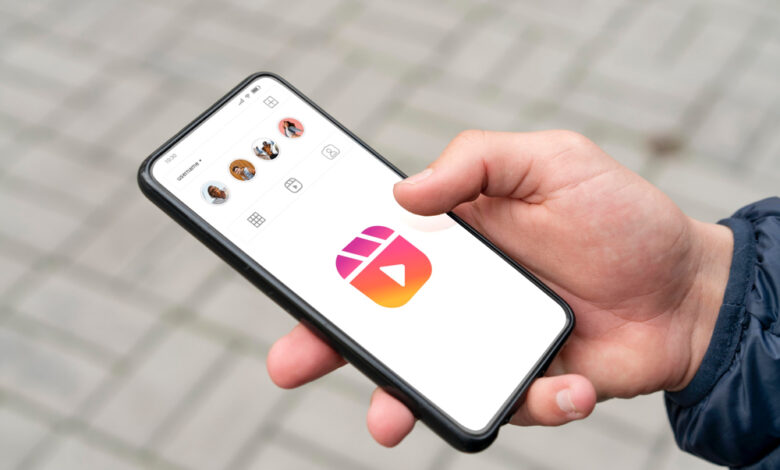The New Trend of the Micro-Influencer Athlete and How Brands are Taking Notice

Mainstream stars aren’t the only ones with value anymore
It’s hard to live in a society and just ignore social media. Especially if you have a favourite athlete – their Instagram, X or Facebook profile is a perfect way to follow news about their public life and career choices, first hand, to become as close as it gets with your idol. The phenomenon of «micro-influencer athletes» is becoming a huge thing nowadays, with relatively small but extremely engaged groups of followers who land them a worthwhile brand sponsorship.
New times call for new strategies for sports brands
For many years, a common strategy for sports brands has been to form exclusive partnerships with the biggest and best-known stars in their sport. But the rise of social media is increasingly changing the picture.
From being locked into a one-off model of very few ambassadors, sports giants are now looking for opportunities for diverse influencer partnerships across platforms. And this new direction is putting many micro-influencer athletes on the brand radar. Some bookies and casinos also offer to become a brand ambassador, providing 100 free spins no deposit to the followers from different slots, as you can find at the link.
Untapped markets and niche audiences
Where mainstream stars often have a broad but shallow following, micro-influencers score points with their much closer and more engaged audiences. This puts them in a unique position to target specific audiences and fan segments.
Sports brands have realised that through small influencer athletes they can reach niches and untapped markets that fall outside the reach of household names. In this way, micro-influencers complement their traditional marketing strategies with new campaign opportunities.
Real life and personalised experiences
With a much closer connection to their followers, micro-influencers are able to deliver personal, relatable and genuine stories about their life and sport. It’s this engagement and the open authenticity of their content and persona that makes many audiences trust them far more than the distant stars.
Therefore, a 20,000-follower influencer from a more obscure sport like rhythmic gymnastics actually can have more genuine potential than the big celebrities when it comes to brand exposure to a very loyal audience.
Brands themselves recognise the authenticity
At sports brands like Nike, Adidas and Puma, marketing managers openly admit that the public’s increasing scepticism towards traditional marketing is driving their interest in micro-influencers.
«PUMA has a long history of reporting on our sustainability performance, but it is more important than ever to engage younger generations in sustainability decisions. We hope that by inviting our ‘Voices’ to experience our supply chain we’re able to share the genuine progress and passion that our suppliers have invested as well as the realities and challenges we face in our efforts to improve», says Puma Chief Sourcing Officer Anne-Laure Descours. Other brand leaders cite similar motives.
Cost-conscious opportunities
In addition to the genuine credibility factor, working with micro-influencers also offers a number of practical and commercial advantages for sports brands:
- Firstly, price budgets are much more affordable compared to the multi-million dollar contracts with the main forces. This enables smaller brands in particular to break into the influencer market.
- At the same time, micro-influencers are often much more agile and willing to enter into targeted, short-term partnerships and hashtag campaigns for specific events and branding moments.
This provides sports brands with a lucrative seasonal and flexible form of social media marketing.
Co-benefits on the way
As more sports brands jump on the micro-influencer bandwagon, a number of complementary benefits are also unfolding, since many small voices from different niches add a diverse audience, branching the brand both geographically and segment-wise. It also provides valuable clarity on sports influence and market demand.
For the athletes themselves, the opportunity generates a direct value stream and economy from their online influence. It can fund their leisure projects and activities without sponsors.
Breaking into a new sports influencer culture
Although we still can see bombastic ad campaigns with superstars like Erling Haaland and Kylian Mbappe, micro-influencers athletes thrive in their niche. They can gain a living from a small blog with a dedicated following, using smart influencer strategies and commercial approach.
Don’t be surprised if you’ll see your favourite micro-influencer athlete plug a new unknown brand deal in his next post. Support and rejoice, because next time it might be Nike or Adidas, and it’s all thanks to your passionate support.




